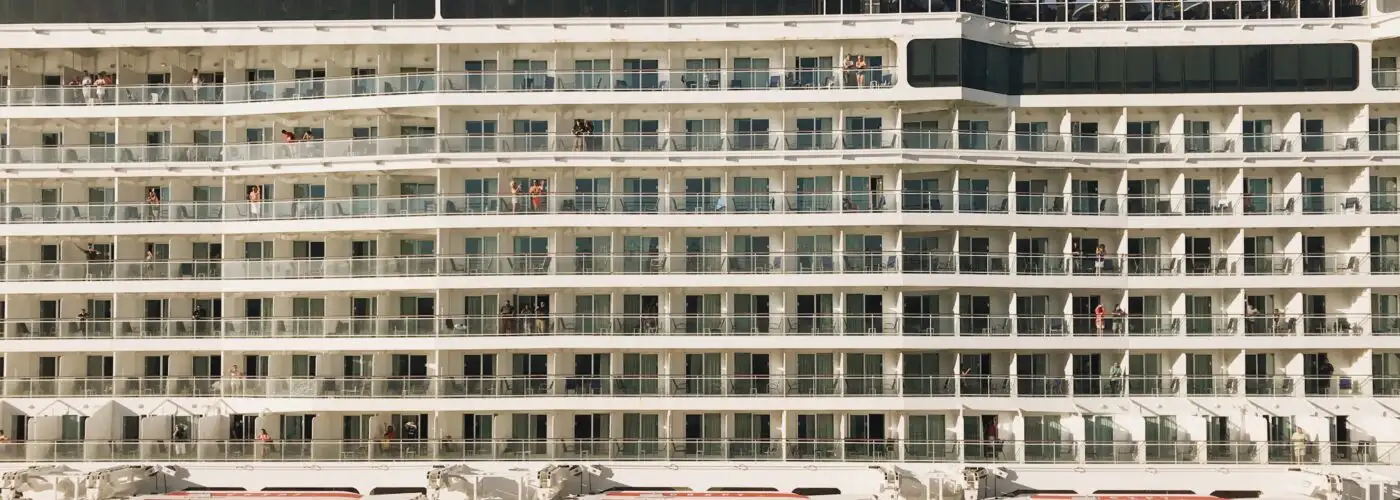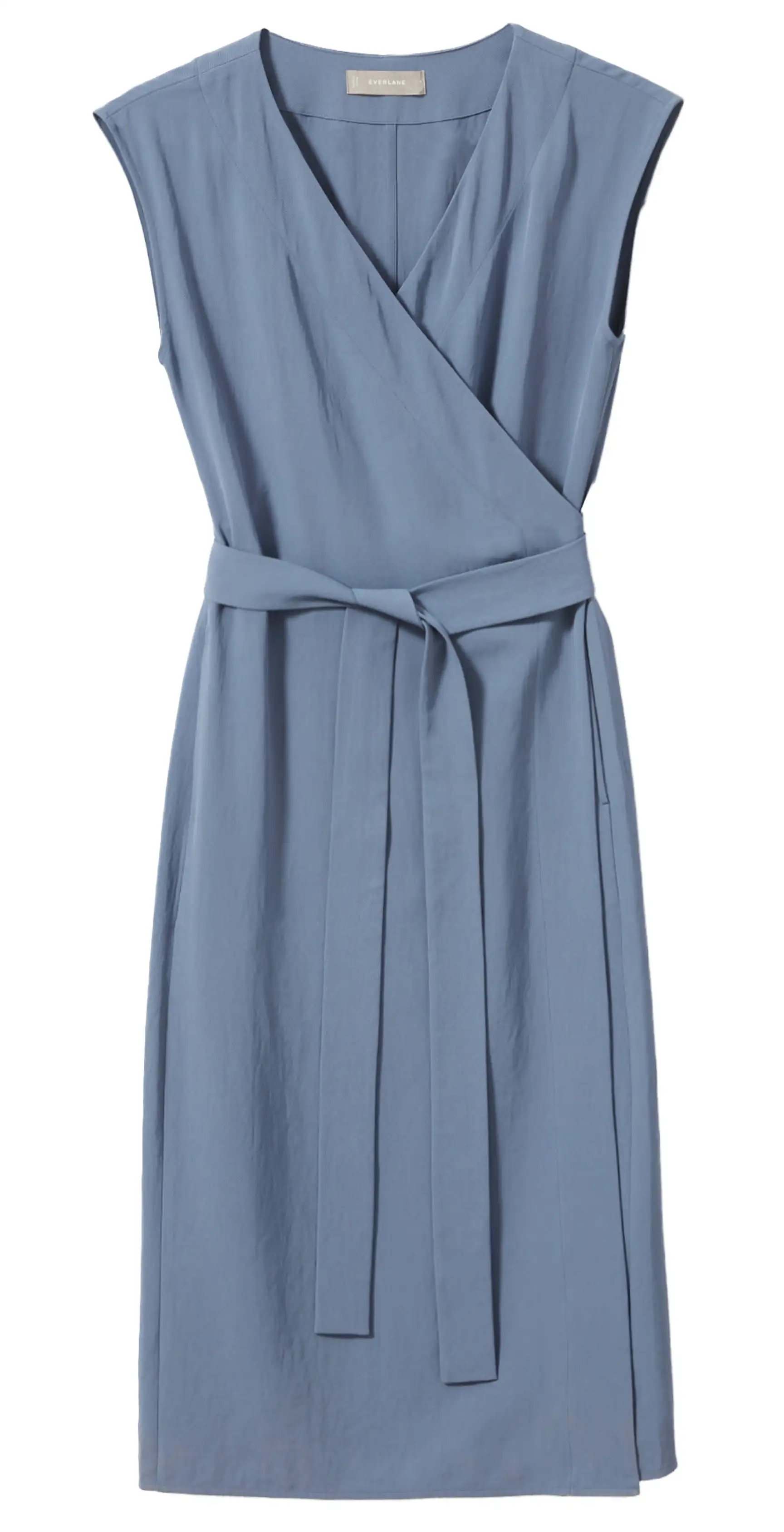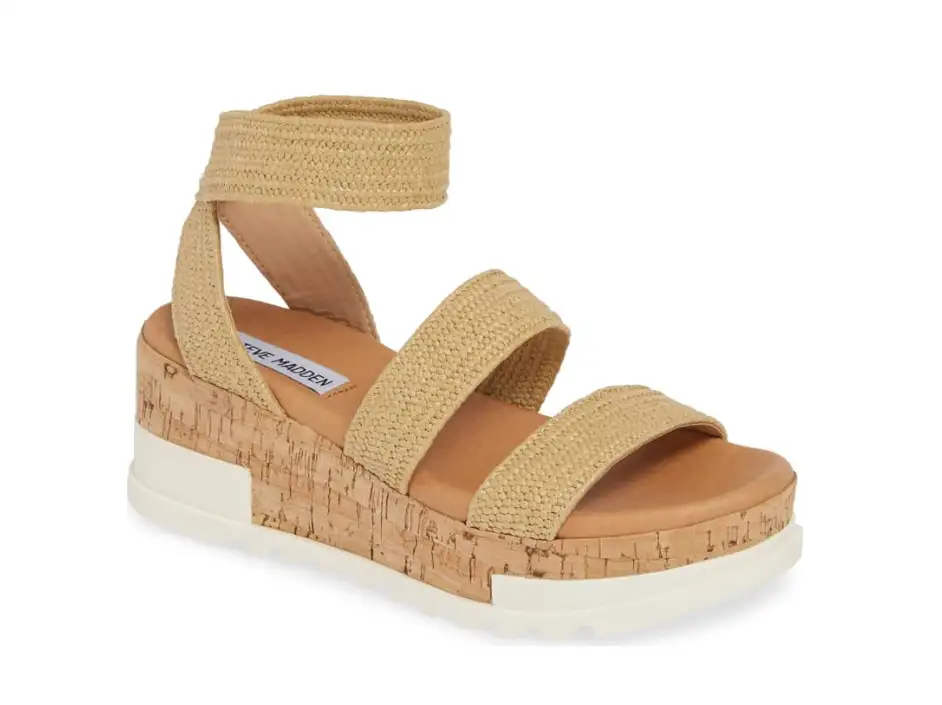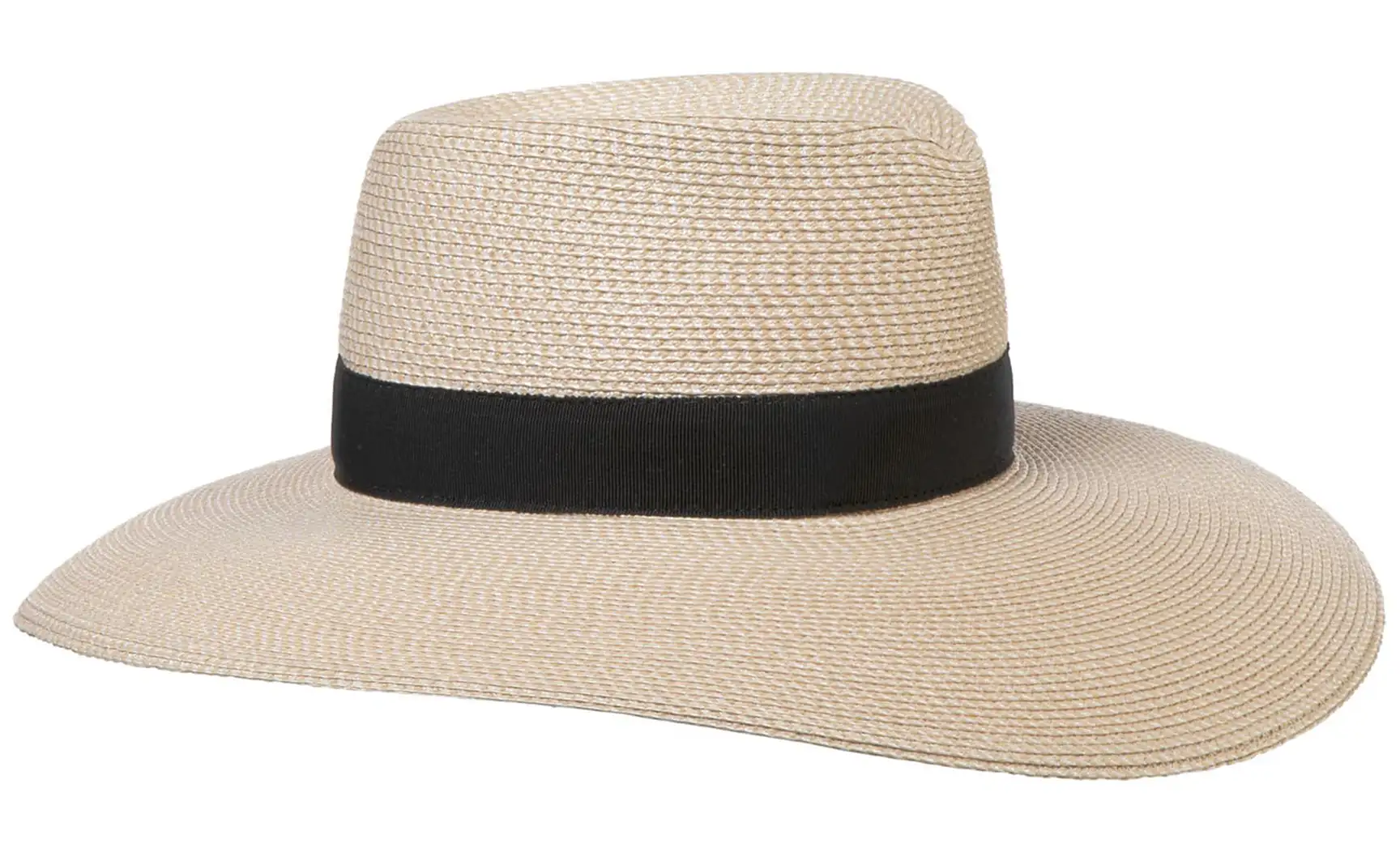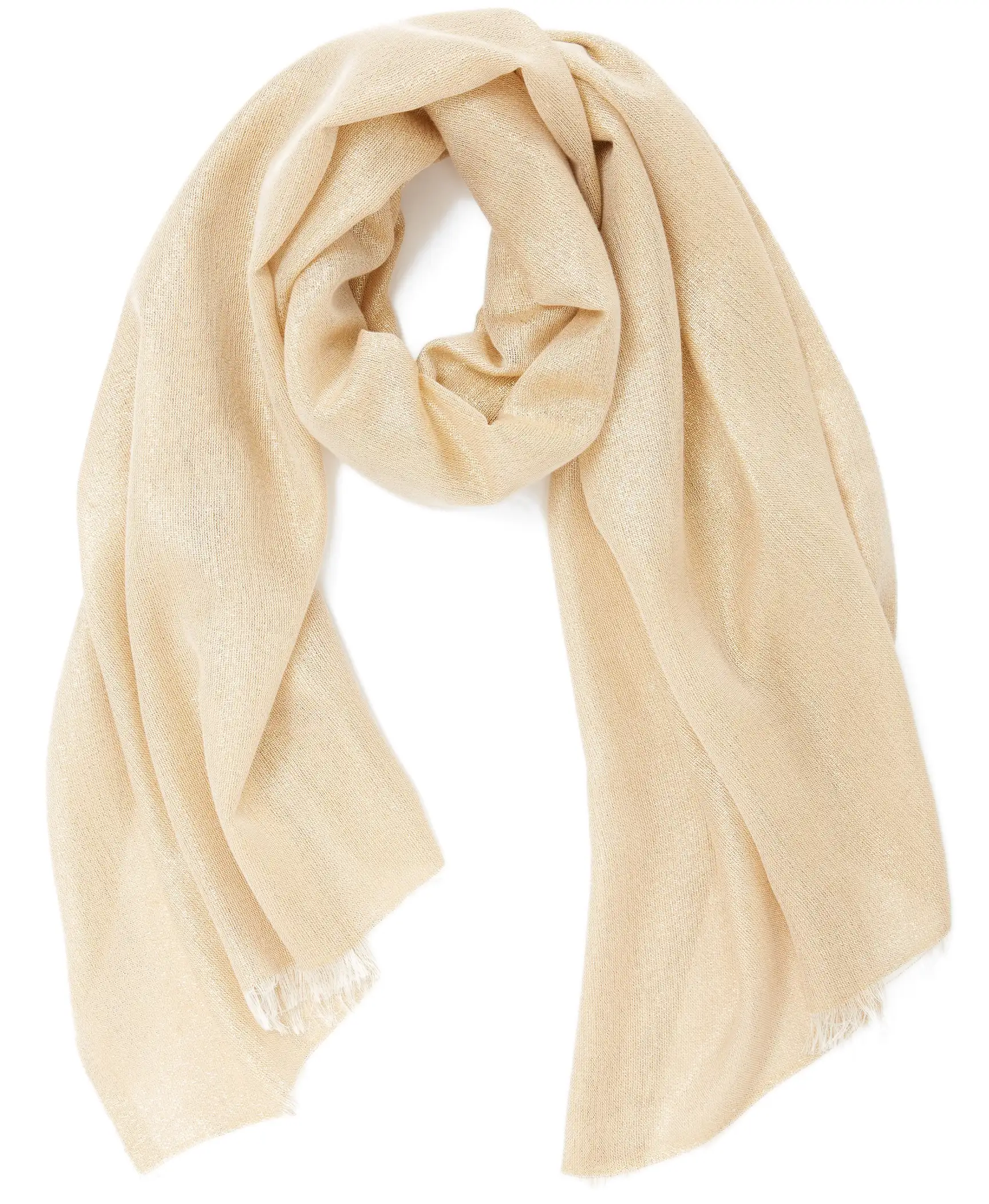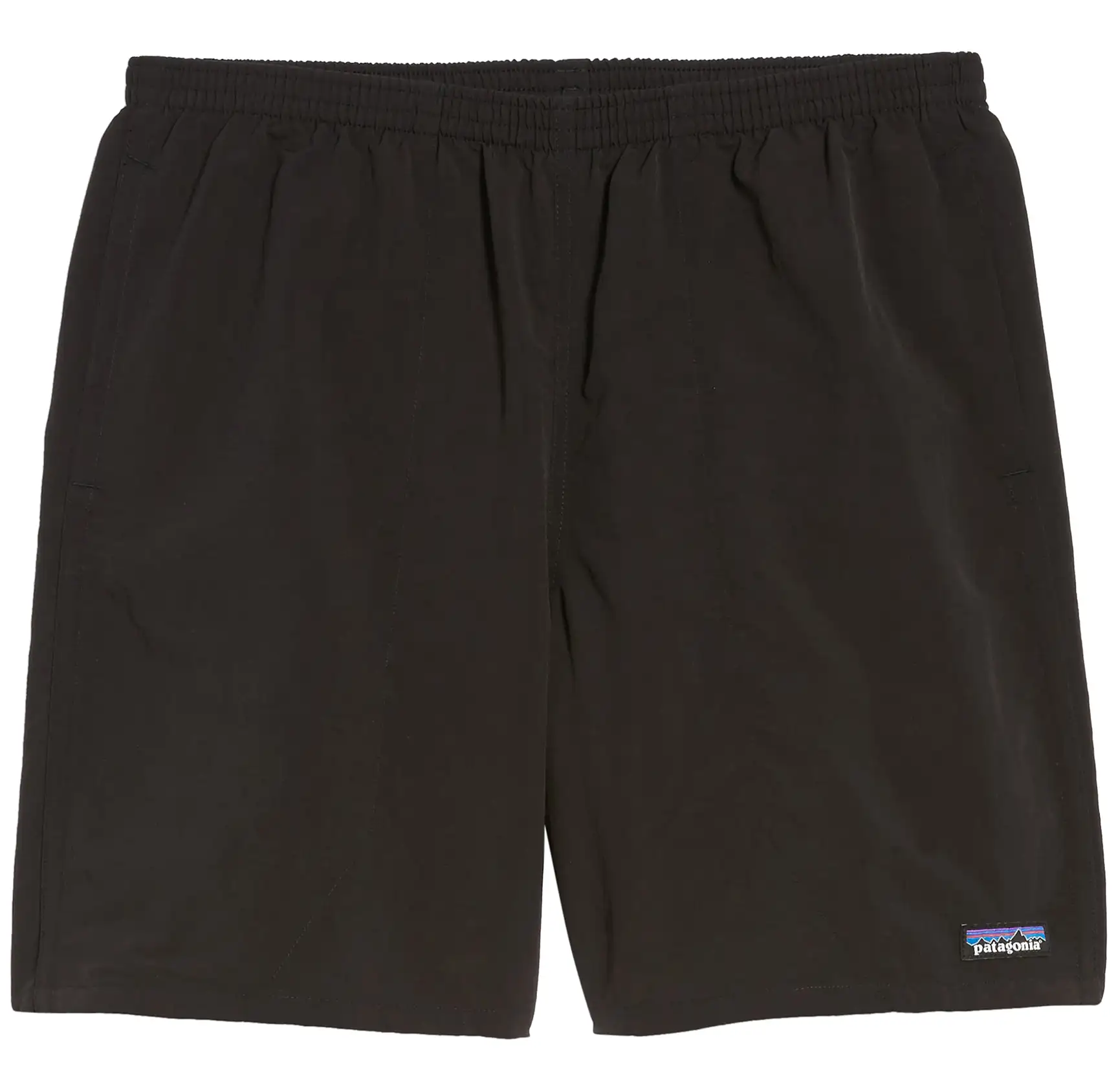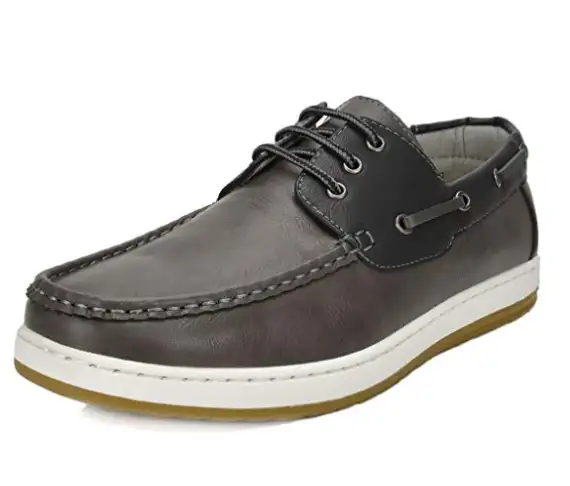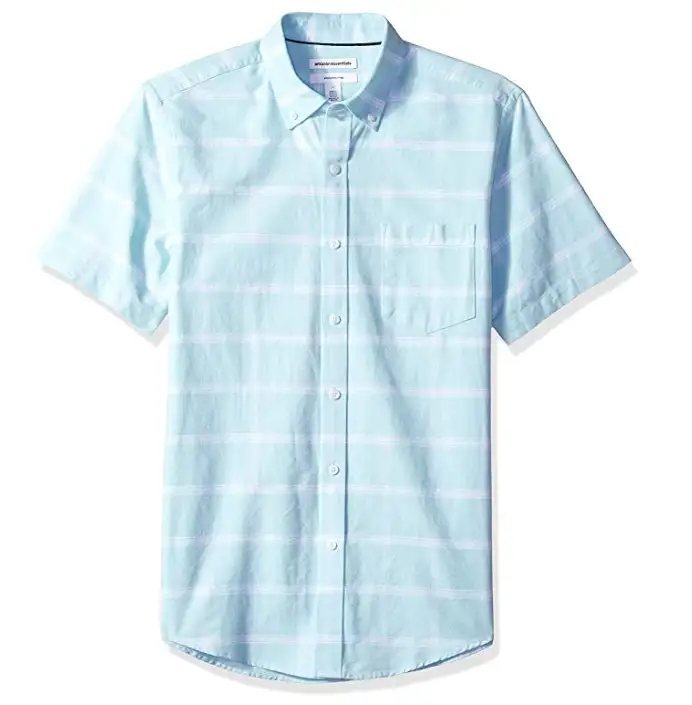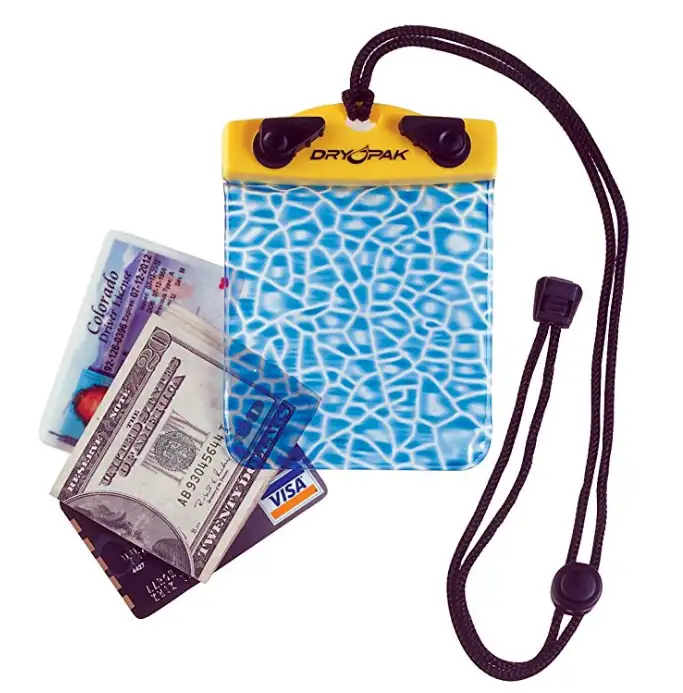As a longtime avoider of mega cruise ships, I had a lot of assumptions going into my first large-ship cruise. It would be crowded, I thought. I would be incapacitated by seasickness. My only dining choices would be sub-par buffets. Realizing I was floating on a raft of preconceptions before even leaving port, I spoke with some fellow cruise-ship avoiders to develop a list of common reasons people don’t cruise. Once on board, I set out to prove each of these cruise ship myths right or wrong. Here’s what I found.
Cruise Ship Myth #1: The Rooms Will Feel Tight
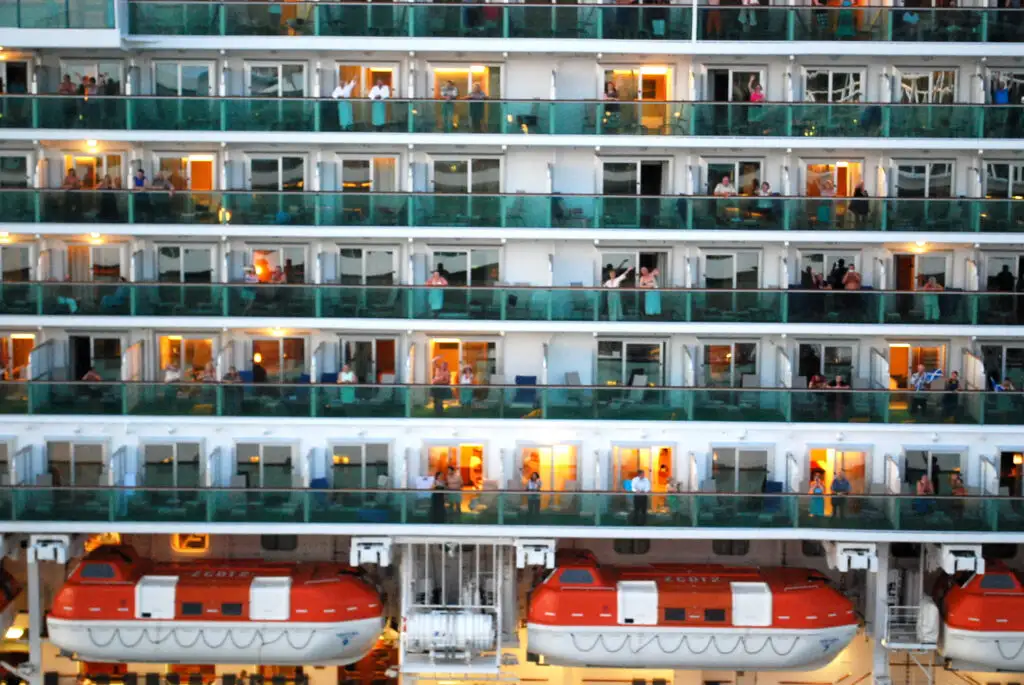
Unless you’re going super high-end, staterooms on large ships are usually on the small side. But they’re also engineered to use every inch efficiently. For instance, in bathrooms, there may be limited counter space but plenty of vertical shelving (maybe even heated floors if you’re lucky), and in-room televisions are often attached to the wall to free up surface space. Desks usually double as vanities, and shelves are cleverly placed in the closets. Keeping your items organized and packing strategically for a cruise can also go a long way toward maintaining a feeling of relative spaciousness in limited-square-footage rooms.
Cruise Ship Myth #2: It’ll Be Crowded

The mere thought of 3,000 people (or more) entering and exiting a ship through a single doorway is enough to trigger claustrophobia in almost anyone. But it turns out that the way most cruise lines organize boarding and disembarkation pretty effectively limits crowds getting on and off the ship.
Initial boarding as well as leaving the ship at the end of the cruise both take place over multi-hour windows. At ports of call, departure times for shore excursions tend to be staggered, which means most people exit the ship in small groups rather than big crowds.
If you’re particularly claustrophobic, though, you may want to avoid itineraries that stop in ports where ships can’t dock, since that will mean passengers need to be shuttled to the shore on small boats called tenders, a process that can slow disembarkation and allow lines to build up.
Depending on your personality and travel type, there’s probably a type of cruise out there for you. Cruise ships range from smaller expedition ships in the Arctic and Antarctica and luxury mega-yachts in French Polynesia to the typical party-centric itineraries in the Caribbean and everything (and everywhere) in between. Do your research, and you’ll find a ship and itinerary to suit you.
Cruise Ship Myth #3: You’ll Be Eating at a Buffet the Whole Time

Is it the sneeze guards? The heat lamps? The overflowing plates? There are plenty of reasons to dislike buffets—but on most large ships, there are also plenty of alternatives.
Casual diners can find walk-up spots peppered around most ships that offer the likes of pizza, sushi, and ice cream. Formal dining rooms offer easy access to multicourse sit-down dining experiences during meal hours. And specialty restaurants offer a more familiar sit-down, menu-driven experience, plus food you won’t find at the buffet. Some cruise lines even have cooking classes onboard, tasting menus, or pre-fixed options. A number of cruise lines also offer free or sometimes-free room service.
Cruise Ship Myth #4: You’ll Get Seasick

The seasick among us know that nothing ruins a vacation faster than constant nausea. But it’s no reason to write off a cruise entirely. In fact, a surprising number of dedicated cruisers are prone to seasickness.
For most, seasickness is something that can be managed. If you can get out in front of it, you can minimize or even eliminate it entirely with the help of medication (or Sea-Bands, for those with mild symptoms). Two of the most popular medications are Dramamine and Bonine, though there’s a long list of medicines to address the malady.
Before you go, experiment with the different types—some people report sleepiness with some of the medicines but not others.
Cruise Ship Myth #5: You’ll Have to Talk to Strangers

Large cruise lines offer a robust calendar of events each day while also maintaining tranquil spaces for solitary pursuits. Dining areas usually have small-table options where you’re free to sit solo. Libraries, cafes, and other cozy sitting nooks are perfect for people who want a peaceful moment, as are quiet zones like adult-only pools and relaxation spaces.
And if you don’t like initiating conversations with strangers but still want to meet people, check the daily activities calendar, which is packed with gatherings for everyone from history buffs to dance fanatics—there’s sure to be an event that attracts like-minded folks with whom you’ll have plenty to chat about.
Cruise Ship Myth #6: You’ll Only Skim the Surface of Destinations

A common sticking point among non-cruisers is the sense that, on a cruise, you’re only in port for a few hours, so you never get the chance to get to know a destination. Cruise lines understand this, and a growing number of lines are building either a few extra hours (enough, for instance, to check out the nightlife before returning to the ship) or even multiple days in a single port.
On itineraries that do have limited time in port, though, you can take matters into your own hands to get more out of a stop. If none of the ship’s shore excursions offer a local’s-eye view or a closer look at local culture, find your own tour that gives you what you want.
I’m partial to Viator (SmarterTravel’s sister site), which lists tours run by locals offering everything from cooking classes to history walks. And remember that, while a cruise may not offer a deep-dive into a single port, it does offer a good regional overview so you’ll know where you’d like to revisit on your own.
At SmarterTravel, we like to think that cruises are the perfect way to see a destination for the first time, but also for the second time. Cruises provide an introduction to a destination and leave you a reason to come back. By the same token, if you’ve been to a destination before, cruises give you an ideal amount of time to do something you didn’t get to the first time around, or to simply revisit your favorite restaurant, bar, or shop. Either way, it’s a win-win.
Cruise Ship Myth #7: Everything Is Expensive

Yes, cruising can be pricey, but when you take into consideration other travel expenses that certainly add up on the ground, a cruise vacation doesn’t break the bank as much as you think. Yes, there are some super-luxury cruise lines out there where this is not true, but generally speaking, cruises are of good value.
Alcohol especially is sometimes cheaper than you might think. Depending on your consumption and the cruise line you’re on, all-inclusive drink packages are convenient options and can save you some money in the end. Read Cruise Critic’s article about drink packages on cruises to learn more.
Pro tip: Check out last-minute deals for savings on upcoming departures.
Cruise Ship Myth #8: Cruises Are Bad for the Environment
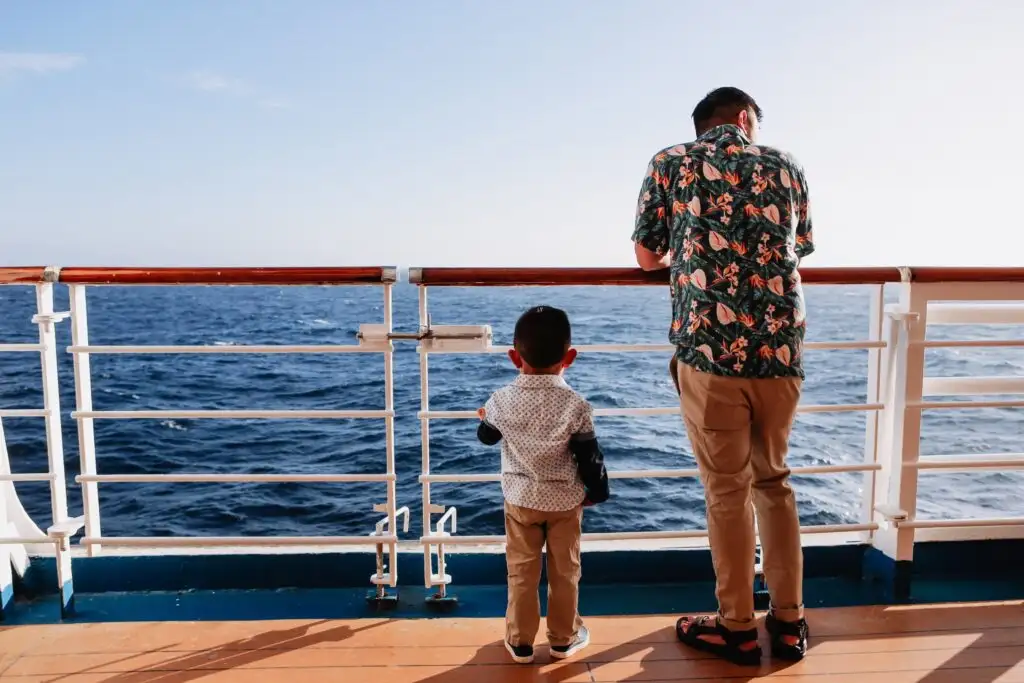
The cruise industry has received criticism for not being environmentally friendly, and while it’s in no way perfect, the Cruise Lines International Association is making strides to be more conscious of the industry’s impact on the environment. Recently, the alliance pledged to cut its fleet-wide rate of CO2 emissions by 40 percent (in comparison to 2008 levels) by 2030. Additionally, the association is committed to protecting the health of the ocean and has programs in place to build coral reefs, collect data, develop best practices for coastal communities, and restore fisheries.
And how’s this for myth-busting? Cruise ships are less than 1 percent of the global maritime community, according to Michael Thamm, Chairman of CLIA Europe and Group CEO of Costa Group and Carnival Asia, via a press release. Thamm reiterates that even though cruise ships are a minority in the larger maritime industry, “[they] are at the forefront in developing responsible tourism practices and innovative technologies.” And while there’s a lot of work still to be done, knowing that cruise lines are committed to changing the standard may offer peace of mind if you’re on the fence about booking a cruise.
What to Pack
More from SmarterTravel:
- Cruise Passport Requirements: Do I Need a Passport to Go on a Cruise?
- 10 Bucket List Cruises for 2020
- The Best and Cheapest Times to Cruise
Follow Christine Sarkis on Twitter @ChristineSarkis and Instagram @postcartography for more advice about making every vacation the best vacation.
Editor’s note: This story was originally published in 2016. It has been updated to reflect the most current information. Ashley Rossi contributed to this story.
We hand-pick everything we recommend and select items through testing and reviews. Some products are sent to us free of charge with no incentive to offer a favorable review. We offer our unbiased opinions and do not accept compensation to review products. All items are in stock and prices are accurate at the time of publication. If you buy something through our links, we may earn a commission.
Related
Top Fares From
Today's Top Travel Deals
Brought to you by ShermansTravel
France: 8-Night Paris, Avignon & Nice...
Infinity Worldwide Vacations
 vacation
$2880+
vacation
$2880+
Poconos: 3 Nts in Garden of...
ResortsAndLodges.com
 hotel
$305+
hotel
$305+
7-Nt Canada & New England Cruise,...
Princess Cruises
 cruise
$839+
cruise
$839+
